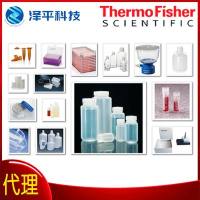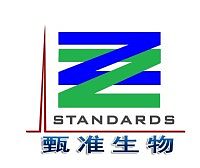In Vitro Assay for Protease Activity of Proprotein Convertase Subtilisin Kexins (PCSKs): An Overall Review of Existing and New Methodologies
互联网
413
The mammalian proprotein convertase subtilisin kexins (PCSKs) previously called proprotein or prohormone convertases (PCs) are a family of Ca+2 -dependent endoproteases in the subtilisin family. These proteolytic enzymes exert their many crucial physiological and biological functions in vivo via their ability to cleave larger inactive precursor proteins into their biologically active mature forms. This event takes place in a highly efficient and selective manner. Such actions of PCSKs either alone or in combination to cleave specific protein bonds are the hallmark events that not only define the normal functions and metabolism of the body but also may lead to a variety of diseases or disorders with associated conditions. These include among others, diabetes, obesity, cancer, cardiovascular diseases, reproduction abnormalities as well as viral bacterial infections. These conditions were the direct consequences of an enhanced level of enzymatic activity of one or more PCSKs except only PCSK9, whose protease activity in relation to its physiological substrate has yet to be characterized. Owing to this finding, a large number of research studies have been exclusively devoted to develop rapid, efficient and reliable in vitro methods for examining the protease activity of these enzymes. Several assays have been developed to monitor PCSK activity and these are widely used in chemical, biochemical, cellular and animal studies. This review will cover various methodologies and protocols that are currently available in the literature for PCSK activity assays. These include liquid phase methods using fluorogenic, chromogenic and intramolecularly quenched fluorescent substrates as well as a newly developed novel solid phase fluorescence method. This review will also highlight the usefulness of these methodologies and finally a comparative analysis has been made to examine their merits and demerits with some key examples.









